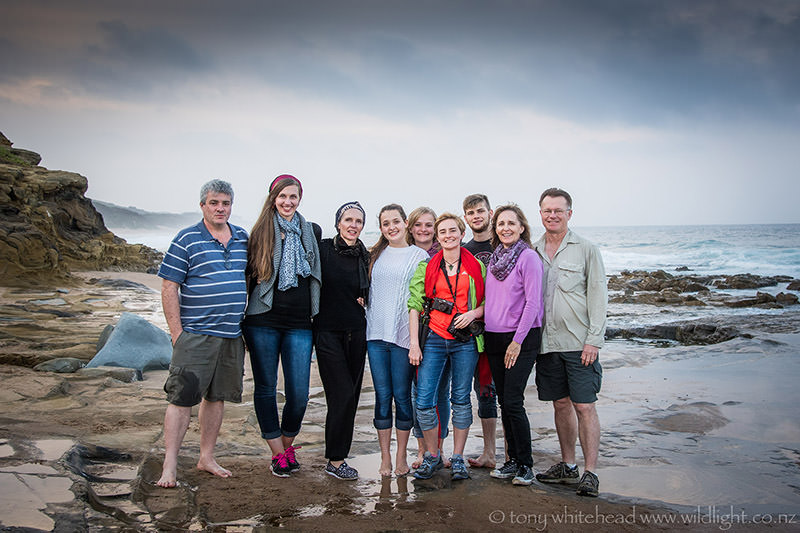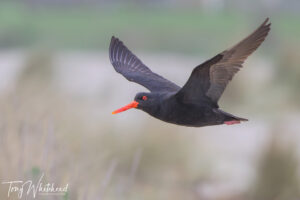The holiday season is traditionally a time of family gatherings and that can give the opportunity for group photos which can be fun or a challenge. I thought I would share the experience of 2 contrasting group photos I have been involved with this year to highlight some issues that may be useful. I will ignore the basics of lens choice, aperture, ISO, shutter speed other than a reminder to use an aperture to give adequate depth of field to keep all faces sharp, front to back – f8 is usually safe on a wider angle lens but f5.6 is often adequate. Both photos were with a Nikon D810 and 24-120mm f4 lens but any modern DSLR or mirrorless camera would work well. Something that not everyone will agree with, is that I prefer people to largely self arrange and pose with minimal direction, as though it may not give as neat a group, what people do tends to reflect and communicate a bit about themselves that others in the group may recognise and appreciate, even if not consciously.

Photo 1 was taken in South Africa during a walk along the shore with my sisters and their families to a beach we used to visit as children. I had taken a travel tripod in case of some long exposure landscape photography options but used it to include myself in the group photo by using a self timer. The big bonus in this photo was the cloud cover which gave lovely soft light. The image was quick and easy to process to achieve a nice result that everyone was pleased with.

Photo 2 was taken more recently in New Zealand and was a much larger group and the conditions were much more challenging, mainly due to the bright sunlight. We were on a hillside location and couldn’t move any significant distance. From a framing point of view this was useful as an elevated position allowed me to look down a little onto the group and reduce the effect of heads being hidden behind others. It also allowed the view of the valley and the clouds that we had been enjoying to form a contextual backdrop. The difficulty was that people needed to look toward the sun which gave harsh light with bright highlights and deep shadows. Reversing the view would have given a background of hill and fences and a viewpoint looking up under chins so was not a useful alternative. Clouds in front of the sun were unfortunately few and far between and despite crossing all fingers and toes none arrived at the required time. Expecting this, I had chosen to use the Nikon D810 at base ISO of 64 for maximum dynamic range in the file. Processing to hold back highlights and open up shadows as much as possible minimised the contrast and allowed a group portrait that recorded the event and, output as a file to print a 6×4 album print, could be easily shared via email. Including myself in the image was done by having a non-family member take a couple of frames and then selecting myself from one of the frames and copying and masking into the final image along with one or two head transplants to choose the best expressions from the frames available. Significantly more work but the result achieved a reasonable group photo as a record of the day. Unfortunately with the ease of zooming into images on digital devices people can be disappointed that their individual appearance, under difficult conditions, in a file intended for a different output medium, isn’t optimal. It would be nice to make a group portrait of images which individually looked like a flattering studio portrait but isn’t always possible and to appreciate the image in context, a group portrait to record an occasion, is important. The quote attributed to Abraham Lincoln, “There are no bad pictures; that is just how your face looks sometimes”, is not universally true and doesn’t acknowledge the limitations of film or digital sensors when compared with human vision and perception.

